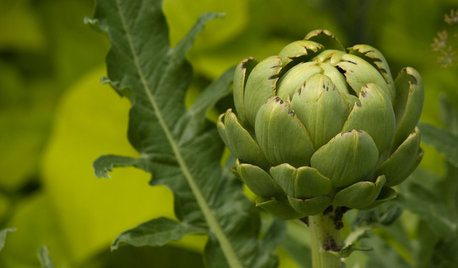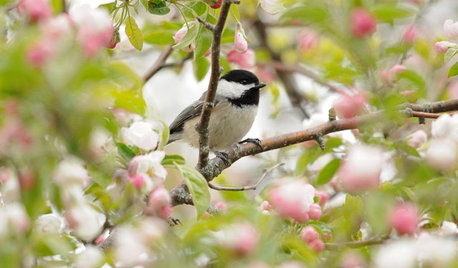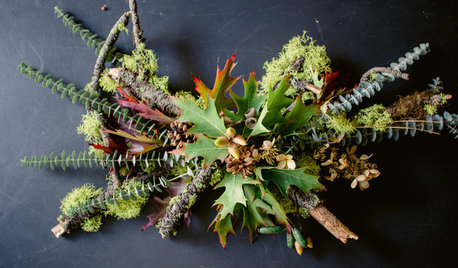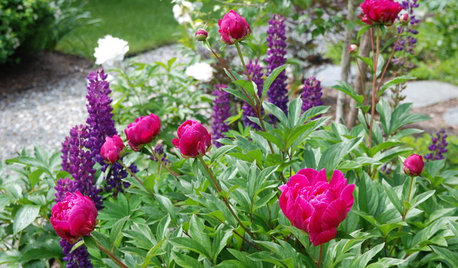Help! Squash bugs are here!
greenveggielover
9 years ago
Related Stories

EDIBLE GARDENSSummer Crops: How to Grow Squash
Almost foolproof and with cheerful flowers, squash comes in a wide range of varieties to plant in spring
Full Story
EARTH DAYHow to Help Your Town’s Beneficial Birds and Bugs
Make a habitat using local materials to provide a home to the creatures that help our gardens
Full Story
GARDENING GUIDESYour Garden Is Stirring — Here’s What to Do in February
February is a good time to start seeds, shape up shrubs and watch for the earliest blooms. Here’s what to do in your part of the U.S. now
Full Story
SPRING GARDENINGSpring Gardens Are Waking — Here’s What to Do in March
Excitement fills the air when gardens come back to life. These guides will help you make the most of yours
Full Story
SPRING GARDENINGEnjoy the Peak of Spring Gardening — Here’s What to Do in May
Bid the frost farewell and treasure the blooms. No matter what U.S. region you’re in, one of these guides will help your garden flourish
Full Story
MOST POPULARSpring Gardens Are Blooming — Here’s What to Do in April
Get the guide you need for gardening in your U.S. region, with tasks, climate-appropriate plantings and more
Full Story
DIY PROJECTSHere’s a Thanksgiving Centerpiece You Can Use Through the New Year
Make a fall centerpiece that can transition to winter with ingredients foraged in nature
Full Story
GARDENING AND LANDSCAPINGBid Bad Garden Bugs Goodbye and Usher In the Good
Give ants their marching orders and send mosquitoes moseying, while creating a garden that draws pollinators and helpful eaters
Full Story
GARDENING AND LANDSCAPINGPorch Life: Banish the Bugs
Don't let insects be the bane of your sweet tea and swing time. These screening and product ideas will help keep bugs at bay on the porch
Full Story
REGIONAL GARDEN GUIDESDelight in Summer’s Garden Glories — Here’s What to Do in June
Wherever you live in the United States, these guides can help you make the most of your summer garden
Full StorySponsored



Macmex
greenveggieloverOriginal Author
Related Discussions
The Dreaded Squash Borers and Squash Bugs are Here!
Q
Leaf footed bugs, stink bugs and squash bugs
Q
2012 Squash and Squash Bugs
Q
Squash bugs or (U)squash(/U) bugs or (S) use Ortho Bug Be Gone(/S
Q
nated
Lisa_H OK
chickencoupe
greenveggieloverOriginal Author
Macmex
greenveggieloverOriginal Author
Okiedawn OK Zone 7
greenveggieloverOriginal Author
Okiedawn OK Zone 7
Lisa_H OK
greenveggieloverOriginal Author
chickencoupe
chickencoupe
Okiedawn OK Zone 7
chickencoupe
Okiedawn OK Zone 7
greenveggieloverOriginal Author
chickencoupe
amunk01
chickencoupe
greenveggieloverOriginal Author
amunk01
chickencoupe
Slowlytyped
amunk01
chickencoupe
amunk01
Okiedawn OK Zone 7
chickencoupe
chickencoupe
Okiedawn OK Zone 7
chickencoupe
amunk01
chickencoupe
mksmth zone 7a Tulsa Oklahoma
chickencoupe
greenveggieloverOriginal Author
captdog
chickencoupe
Okiedawn OK Zone 7
oldgardenguy_zone6